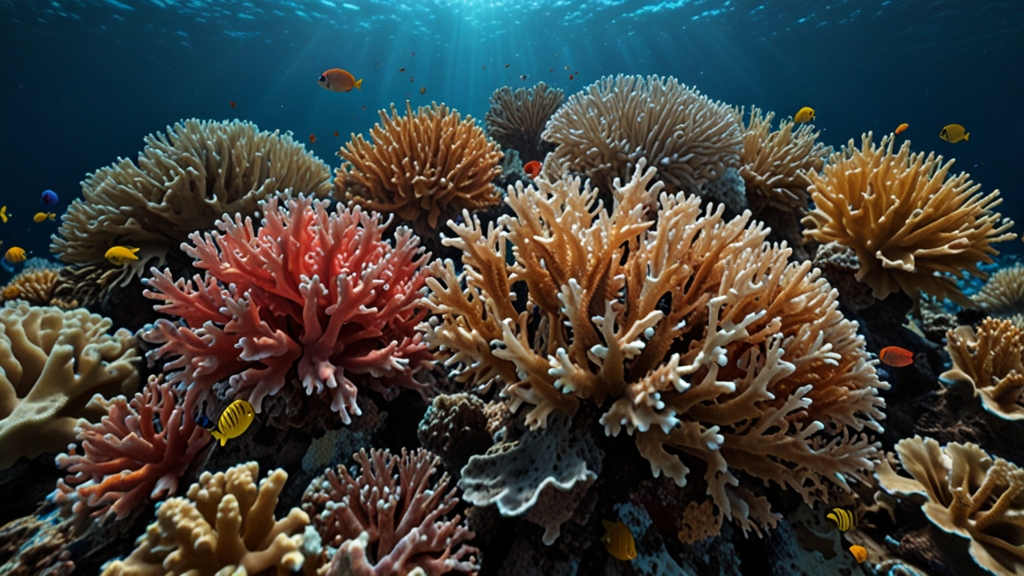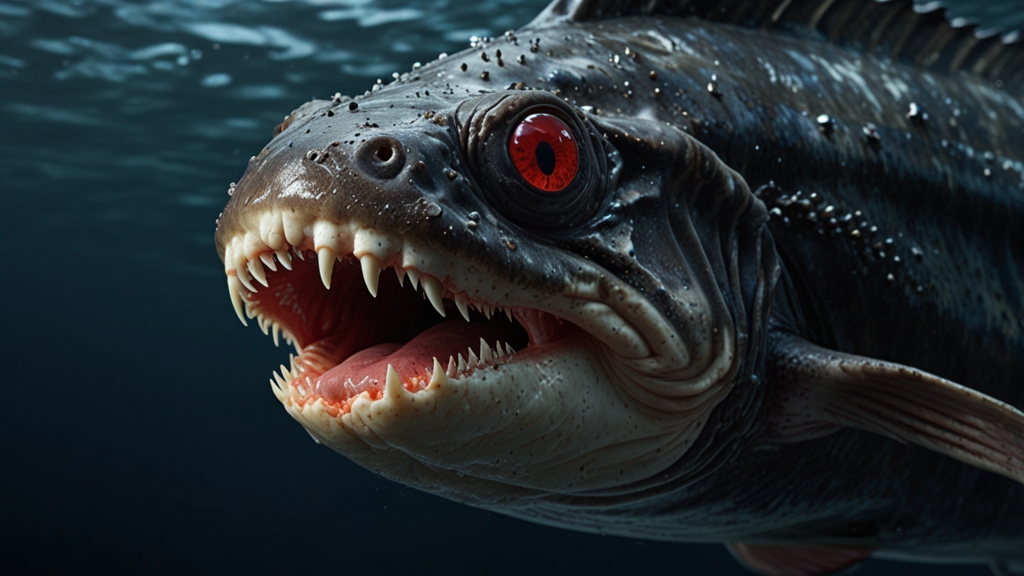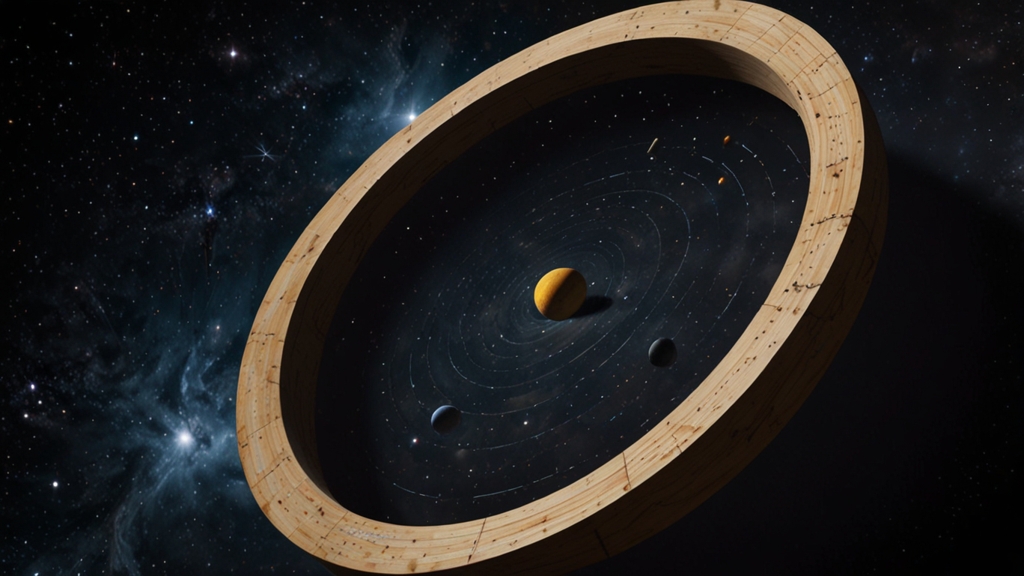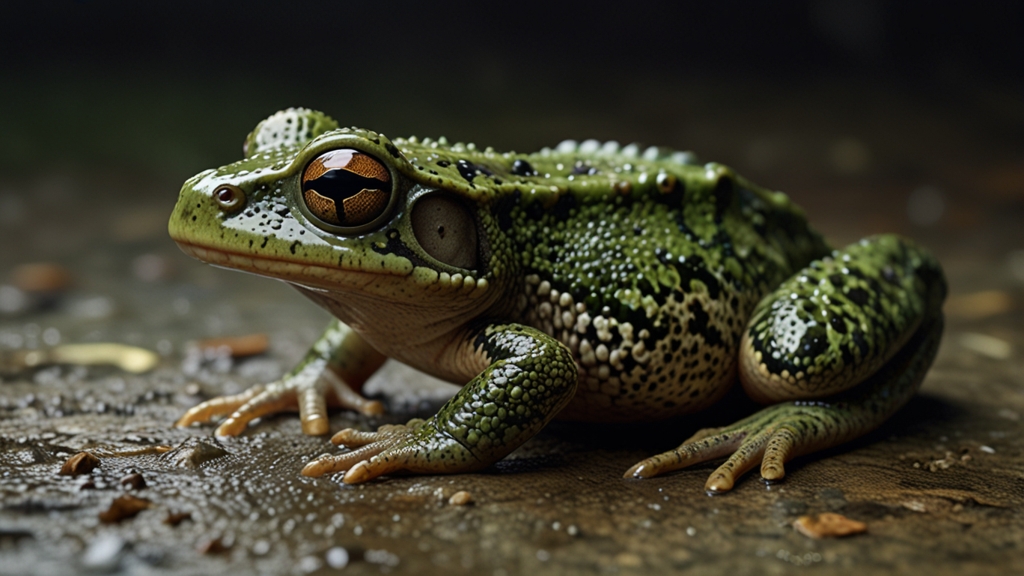The Secret Lives of Corals: Guardians of the Ocean and Their Struggles
Hidden beneath the glistening waves, coral reefs present a world bursting with vibrant colors, intricate structures, and an astonishing array of marine life. Corals, often mistaken for lifeless rocks, are actually dynamic organisms that build these majestic underwater cities. These guardians of the ocean play a crucial role in marine ecosystems, but they face unprecedented challenges that threaten their very existence.
Corals: The Architects of Reefs
Corals are classified as cnidarians, close relatives to jellyfish and sea anemones. They consist of tiny, soft-bodied polyps that secrete calcium carbonate to form protective exoskeletons. Over centuries, these exoskeletons accumulate, creating the vast structures known as coral reefs. The symbiotic relationship between corals and photosynthetic algae called zooxanthellae is key to this process. Zooxanthellae live within the coral polyps, providing them with energy through photosynthesis and giving corals their dazzling array of colors.
Biodiversity Hotspots
Coral reefs are often referred to as the "rainforests of the sea" because of their incredible biodiversity. Despite covering less than 1% of the ocean floor, they support approximately 25% of all marine species. Fish, crustaceans, mollusks, and countless other organisms rely on coral reefs for food, shelter, and breeding grounds. This biodiversity not only sustains marine life but also supports human communities through fisheries, tourism, and coastal protection.
"Coral reefs are like underwater cities, bustling with life and activity. Their complex structures provide homes for an immense variety of species, making them critical to the health of our oceans." - Marine Biologist Dr. Jane Smith
Threats to Coral Reefs
Despite their importance, coral reefs are under severe threat from various human-induced factors. Climate change is perhaps the most significant challenge, leading to increased sea temperatures and ocean acidification. Elevated temperatures cause coral bleaching, a stress response in which corals expel their symbiotic zooxanthellae, leading to a loss of color and vital energy sources. Without zooxanthellae, corals can starve and eventually die.
"The frequency and severity of coral bleaching events have increased dramatically in recent years due to global warming. It's a race against time to protect these fragile ecosystems." - Environmental Scientist Dr. Maria Lopez
In addition to climate change, pollution, overfishing, and destructive fishing practices further endanger coral reefs. Runoff from agriculture and urban development introduces harmful chemicals and sediments into the oceans, impairing coral growth and health. Overfishing disrupts the ecological balance, while practices like blast fishing and cyanide fishing cause direct physical damage to reef structures.
Conservation Efforts and Hope
Amidst these challenges, there is hope. Conservation efforts worldwide are dedicated to preserving and restoring coral reefs. Marine protected areas (MPAs) help safeguard critical habitats, allowing ecosystems to recover and thrive. Coral nurseries and artificial reefs are employed to restore damaged areas, while advances in research and technology provide new insights into coral resilience and adaptation.
Community involvement plays a crucial role in reef conservation. Educational programs raise awareness about the importance of coral reefs and promote sustainable practices. Local communities, often reliant on reefs for their livelihoods, are increasingly engaged in conservation initiatives, recognizing that their future is intertwined with the health of these vital ecosystems.
"By working together, we can make a difference. Protecting coral reefs is not just about preserving natural beauty; it's about ensuring the survival of countless species and the well-being of human communities." - Conservationist Emily Brown
The Way Forward
The secret lives of corals reveal a complex, interdependent world that underscores the importance of protecting these ocean guardians. Addressing the threats to coral reefs requires a multifaceted approach, combining global efforts to mitigate climate change, stringent regulations to control pollution, and community-based conservation initiatives.
As we delve deeper into understanding and preserving coral reefs, it becomes clear that their survival hinges on our collective action. By fostering a sense of stewardship and prioritizing sustainable practices, we can ensure that coral reefs continue to thrive, safeguarding the rich biodiversity and the intricate tapestry of life they support.












